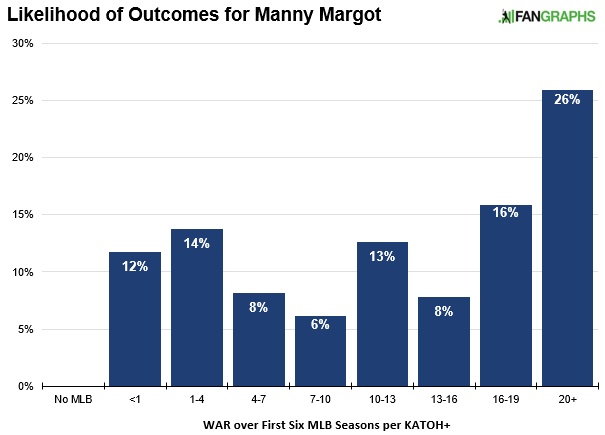KATOH’s Guide to the 2016 Rule 5 Draft
The deadline for teams to set their 40-man rosters in anticipation of the Rule 5 draft was Friday, November 18th. This means that all Rule 5 eligible players who are not currently on a 40-man roster will be available in the draft on December 8th. Here’s what makes a player Rule 5 eligible, according to MLB.com:
Players who were signed when they were 19 or older and have played in professional baseball for four years are eligible, as are players who were signed at 18 and have played for five years.
For the coming version of the Rule 5 draft, that’s generally any player drafted out of college in 2013 or earlier, drafted out of high school in 2012 or earlier, or signed as an international free agent in 2012 or earlier. That’s just a rule of thumb, but since very few things in life are simple, there are exceptions and loopholes.
Most of the players listed below aren’t good prospects. If they were, their former teams would have protected them — or traded them to a team with an interest in stashing them. The baseball industry has effectively deemed each of these players to be a fringe prospect at best. Who cares about these mostly bad baseball players? Probably a very tiny sliver of the world’s population, if I’m being honest. But if you you’re still reading, I’m willing to bet you’re part of that small minority. And besides, several Rule 5 picks from recent memory have enjoyed immediate big-league success, including Joe Biagini, Matt Bowman and Odubel Herrera.
Below, you’ll find a list of KATOH’s favorite Rule 5-eligible prospects, grouped by position. Due to the aforementioned loopholes, along with the fact that I checked each player’s eligibility manually, it’s possible I omitted a noteworthy player along the way. All players with at least 200 professional plate appearances or batters faced in 2016 were considered. Note that KATOH denotes the relevant player’s WAR projection over his first six major-league seasons, while KATOH+ denotes the same thing while also accounting for the player’s place (or not) among Baseball America’s top-100 rankings.


